One of the most monumental productions of the Bartók Spring is the premiere of The Faithless Wife. This is an old style Szekler folk ballad that tells a universal story about passionate love overwriting everything, marital infidelity, jealousy, and revenge. The show will be presented on 21 May by the Hungarian National Dance Ensemble Band, child dancers of the János Bihari Dance Ensemble, and the Honvéd Male Choir. We asked script writer, dramaturg and co-director Zsuzsa Zs. Vincze to tell more about The Faithless Wife.
Where did the idea come from to use this story as a basis?
Executive director of the Müpa, Csaba Káel, advised us to look for a theme that is understandable and intriguing everywhere around the world from China to South America. We thought about the stories in folk ballads, and found the one called Barcsai, alternatively The Story of the Burnt Faithless Wife. It is an old style folk ballad from Szeklerland, which is such a violent and horrible story that most people did not have the guts to use it. But I liked that simple yet instinctive power with which the ballad deals with love, infidelity, and an extramarital affair.
You kind of wrote a criminal dance drama.
Yes. The original ballad tells very little of the plot. Ballads are rarely clear. A horrible story, yeah, but why did it happen, what was the reason? We started a detective work. In our version, there is a girl who is in love with a boy called Barcsai, but he joined the army and disappeared for years. The girl was not able to wait for him, social and family pressure made her marry someone else whom she did not love. Barcsai arrives back exactly on the wedding day. But there was no divorce in that society, love was of secondary importance after a couple was wedded: the wife’s life was over. This is what leads to the ultimate tragedy in the ballad. But the way we search for traces concentrates mostly on the woman’s soul: we examine what could have happened in her. Also, her husband is a complex character, he loved her openly and purely in the beginning. But so did Barcsai, the original love. Here, nobody is really a villain, everyone is rather a victim, suffering without remedy.
That sounds very dark.
Indeed. But its message is extremely important. We want to show people to value true love and rather be picky than end up in a bad relationship. Even if today, thank God, people’s bodies are not ritually destroyed in such a situation, our souls can still be destroyed anyway. Love is the most important thing in the world. It is a timeless topic.
Who is the main character?
The infidel wife. Her soul is exposed the most during the piece. She suffers a lot for loving a man yet marrying another one. We see and feel how hopeless she perceives her life.
We also show a bit of the men’s perspective. Barcsai had different obligations and could not stay with his love. And there is a husband who only wants to love his wife. Then something breaks in him in his suffering, and he becomes a murderer. This is the process we want to show. We do not judge anyone, we simply show the mental escalation. The gloomy, obscure mood of the ballad is still there, but the story itself is coherent. The closing scene is cathartic and unforgettable: the joint performance of the dancers and the choir is marvellous. I hope it will be felt during the online broadcast, too.
There has not been such a monumental show in a Hungarian dance theatre for ages. Who are the contributors?
There are so many extremely talented early career dancers. Attila Tókos wonderfully plays the husband, Mária Oltárczy the wife. She is remarkable: cameras show her face, also how she cries and her tears are rolling down: this deep play could do well in Hollywood, too! Dávid Barka is also very good in the role of the lover: such a great constellation. The dance ensemble is young and full of energy. Everyone is so happy to have this first show since the start of the pandemic. We wanted to premiere this piece on 4 April 2020, but it was postponed. Now everyone is so incredibly excited about playing this show. Everyone is passionate about it, both on stage and behind the scenes.
Composer Benjámin Eredics used original folk music and wrote world music as an accompaniment for the show. At the end, one can hear a very powerful ballad choir piece.
Hungarian folk music operates with every topic! Every text has an important dramaturgical role. I love folk poetry: it shows so much of being human, from love through sorrow and passion to infidelity – such a rich source!
The Honvéd Male Choir, who sing two Kodály pieces in The Faithless Wife, is a unique ensemble. These 45 male choristers represent such a strength that they could not have been missed out. My husband Zoltán Zsuráfszky and I have worked together for ages (here he is a co-director and choreographer), and we hope that this time we could create a complex and incomparable all-art show together once again.
The premiere is broadcasted online as a cooperation of the Hungarian National Dance Ensemble and the Müpa as part of the Bartók Spring. According to the plans, it also will debut in front of an offline audience on 24 September.
Entrance to the Bartók Spring virtual theatre is free!
Article: Zsuzsanna Deák
Translation: Zsófia Hacsek

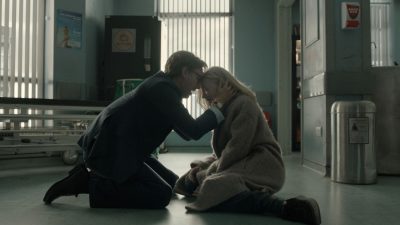











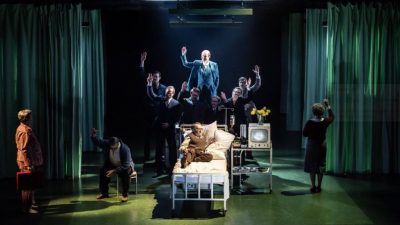
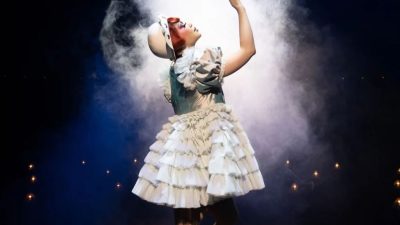
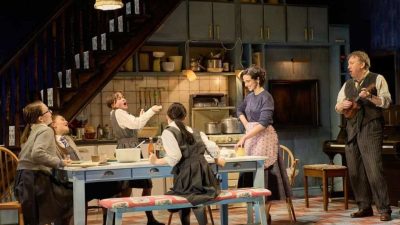

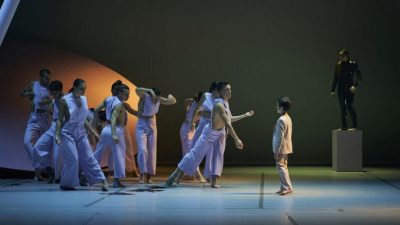






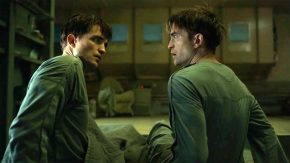
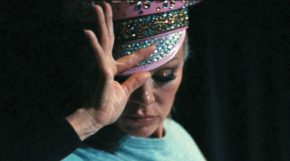

Comments